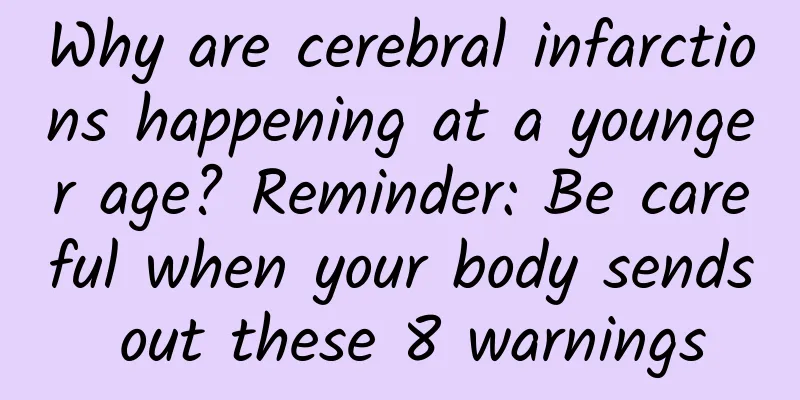What causes amyloid cardiomyopathy? What are its manifestations on ultrasound?

|
Author: Wang Fang, Chief Physician, Beijing Hospital Reviewer: Zhu Dan, Chief Physician, Peking University Third Hospital Amyloid cardiomyopathy is an infiltrative restrictive cardiomyopathy caused by the misfolding of soluble proteins in the body to form insoluble amyloid protein fibers, which are deposited in the myocardial interstitium and lead to abnormal cardiac morphology and function. Figure 1 Original copyright image, no permission to reprint Primary amyloidosis is actually a systemic disease. Abnormal proteins can be deposited in the heart, with the heart as the first symptom, or in the gastrointestinal tract, kidneys, bones, muscles, etc. Many patients seek medical treatment because of heart damage as the first symptom. The damage to the heart is extremely significant and the disease progresses rapidly. From the etiology, primary amyloidosis is the overproduction of immunoglobulin light chains, which is mainly seen in monoclonal plasma cell diseases or other B lymphocyte proliferation diseases. The prognosis is poor and there is no specific treatment. Currently, chemotherapy such as bortezomib combined with dexamethasone is tried clinically. Of course, amyloidosis can also be secondary to other diseases, such as infection, systemic connective tissue disease, multiple myeloma, etc. This kind of treatment only needs to target the primary disease, and the prognosis is relatively good. Amyloid cardiomyopathy can lead to myocardial fibrosis and limited cardiac diastolic and systolic function. It is a type of restrictive cardiomyopathy, which in turn produces a series of clinical symptoms, with heart failure being the most obvious symptom. Figure 2 Original copyright image, no permission to reprint Under normal circumstances, the heart contracts and relaxes with its unique rhythm. During the systolic period, at the end of ventricular contraction, the tricuspid valve and mitral valve close, and the aortic valve opens, pushing blood into the aorta, and then the blood is distributed to various tissues and organs throughout the body. Entering the diastolic period, the heart relaxes, and blood rich in oxygen and nutrients flows into the right atrium through the superior and inferior vena cava. At the same time, the pulmonary veins transport oxygenated blood to the left atrium. As the heart relaxes, the mitral valve and tricuspid valve open, allowing blood to flow into the right ventricle and left ventricle respectively. If the diastolic function of the heart is limited, blood return is blocked. Due to poor diastolic function, blood return to the left ventricle is reduced, resulting in increased left atrial pressure, which in turn causes increased pulmonary circulation pressure and pulmonary capillary wedge pressure, which may eventually lead to pulmonary congestion, manifested as chest tightness, shortness of breath, cough, sputum and other symptoms. In severe cases, the patient may not even be able to lie flat. Echocardiography is the preferred examination for diagnosing amyloid cardiomyopathy. It is simple, easy and non-invasive. It is the most common examination method and can provide a preliminary assessment of the heart's contraction and relaxation functions. First, due to abnormal protein deposition, echocardiography shows myocardial hypertrophy, not only the left ventricle, but also the atrial septum, and the hypertrophy is uniform, which is different from the myocardial hypertrophy caused by hypertension. The diastolic function of the heart is obviously limited, and the E peak is significantly increased, which belongs to the restrictive diastolic dysfunction. Second, myocardial hypertrophy occupies part of the heart cavity, making it smaller. Under normal circumstances, the heart cavity becomes smaller when the heart contracts, and becomes larger when the heart relaxes. Due to the limited diastolic function, the heart cavity cannot be relaxed and expanded accordingly, so the heart cavity is very small, which is a very typical manifestation under ultrasound. Third, the left atrium is abnormally enlarged. Because the ventricular diastole is restricted, the pressure rises to the atrium, so the two atria are significantly enlarged, which is also a manifestation of restrictive cardiomyopathy. Fourth, due to abnormal amyloid protein deposition, the echo is relatively rough and presents a fluorescent granular change. Due to abnormal amyloid protein deposition, the ultrasonic reflection is particularly uneven, forming a characteristic change of fluorescent granules, which is a characteristic manifestation of amyloid cardiomyopathy. Magnetic resonance imaging can also determine the functional state of the heart, but it takes too long and costs more, making it difficult to popularize. However, this type of fluorescent granular change is generally not easy to see under ultrasound, and is not as direct as magnetic resonance imaging. Heart enhanced nuclear magnetic resonance imaging shows characteristic changes of delayed myocardial enhancement under the endocardium. Therefore, in terms of diagnosis, magnetic resonance imaging is more accurate and can further clarify the diagnosis. If a biopsy can be taken for pathology, the diagnosis will be clearer. |
Recommend
What to do if you feel too uncomfortable in early pregnancy?
After most women become pregnant, they will exper...
What causes lower abdominal pain and increased leucorrhea?
Increased vaginal discharge often troubles women ...
7 months pregnant and no weight gain
After pregnancy, the baby in the belly is gradual...
Why do women get ovarian tumors?
Women of every age should pay attention to the pr...
How painful it is for a girl to have her first time
Girls will feel pain the first time, but the pain...
How should polycystic ovary syndrome be treated?
Polycystic ovary syndrome is a very common gyneco...
How long does it take for a painless abortion to be clean?
After a painless abortion, clinically speaking, v...
Misconceptions about pain
Myth 1: Pain is not a disease, it is just a sympt...
Women are several times dirtier than men.
Most women are always confident about cleanliness...
Is it normal to have blood in the vaginal discharge after miscarriage?
When there is blood in the leucorrhea after child...
What to do if the endometrium is thin
Women with thin endometrium should pay attention,...
How to treat Trichomonas vaginitis
Vaginitis is relatively common, especially Tricho...
How long does it take to have sex after taking pills for abortion
How long after taking medicine for abortion can y...
What are the fastest ways to reduce internal heat during breastfeeding?
People often experience symptoms of getting angry...
When is the best time to change the brake fluid? Is it necessary to change the brake fluid?
Brakes are one of the most important parts of a c...









